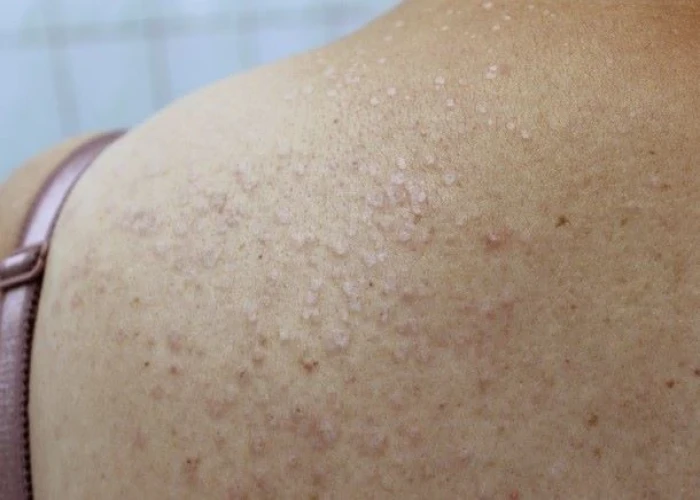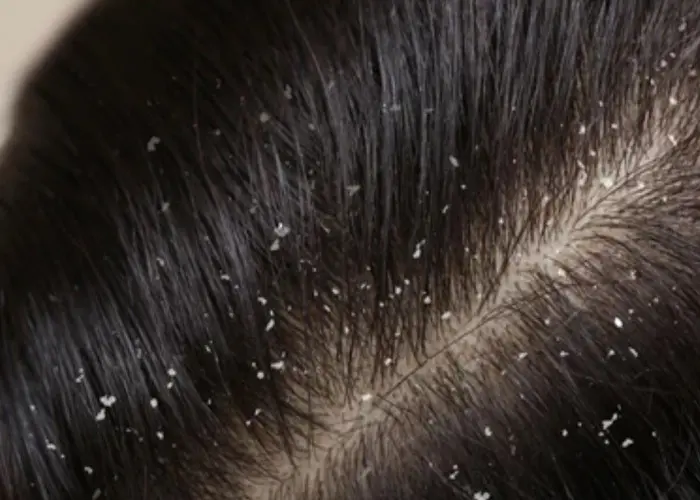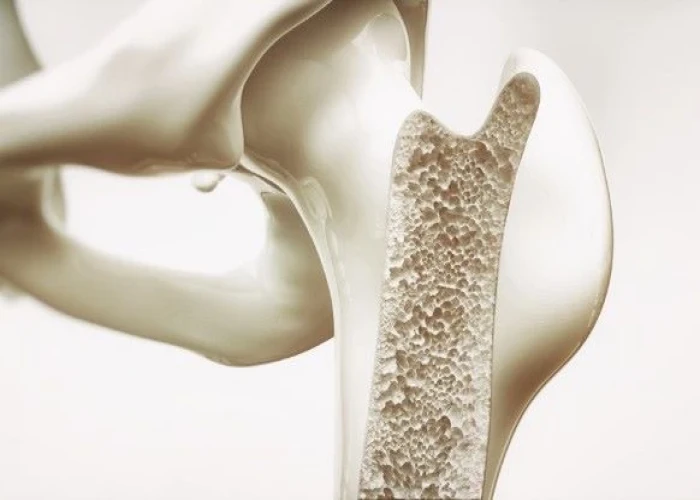 Welcome
Welcome
“May all be happy, may all be healed, may all be at peace and may no one ever suffer."
Krabbe disease

Krabbe disease, also known as globoid cell leukodystrophy, is a rare, inherited disorder that affects the nervous system. It is caused by a deficiency of an enzyme called galactocerebrosidase, which leads to the accumulation of toxic substances in the brain and nervous system.
Krabbe disease typically begins in early infancy and progresses rapidly. Symptoms may include:
- Irritability or fussiness
- Feeding difficulties
- Developmental delay
- Weakness or spasticity in the arms and legs
- Seizures
- Vision and hearing loss
- Cognitive impairment
- Difficulty swallowing and breathing
There is no cure for Krabbe disease, and treatment is primarily supportive. This may include medications to manage symptoms such as seizures and muscle spasms, as well as physical therapy to help maintain mobility and function. In some cases, bone marrow or stem cell transplantation may be considered as a treatment option.
Krabbe disease is inherited in an autosomal recessive pattern, which means that an individual must inherit two copies of the mutated gene (one from each parent) to develop the condition. Genetic testing and counseling can help individuals and families at risk for Krabbe disease understand their risks and make informed decisions about family planning and reproductive options.
Research Papers
Disease Signs and Symptoms
- Genetic problems
- Fever
- Nausea or vomiting
- Seizures
- Muscle weakness
Disease Causes
Krabbe disease
Krabbe disease is caused when a person inherits two copies of an altered (mutated) gene — one copy from each parent.
A gene provides a kind of blueprint for producing proteins. If there is an error in this blueprint, then the protein product may not work properly. In the case of Krabbe disease, two mutated copies of a particular gene result in little or no production of an enzyme called galactocerebrosidase (GALC).
Enzymes, such as GALC, are responsible for breaking down certain substances in a cell's recycling center (lysosome). In Krabbe disease, the short supply of GALC enzymes results in the accumulation of certain types of fats called galactolipids.
Damage to nerve cells
Galactolipids normally exist in cells that produce and maintain the protective coating of nerve cells (myelin). However, an abundance of galactolipids has a toxic effect. Some galactolipids trigger myelin-forming cells to self-destruct.
Other galactolipids are taken up by specialized debris-eating cells in the nervous system called microglia. The process of cleaning up excessive galactolipids transforms these normally helpful cells into abnormal, toxic cells called globoid cells, which promote myelin-damaging inflammation.
The subsequent loss of myelin (demyelination) prevents nerve cells from sending and receiving messages.
Disease Prevents
Disease Treatments
For infants who have already developed symptoms of Krabbe disease, there is currently no treatment that can change the course of the disease. Treatment, therefore, focuses on managing symptoms and providing supportive care. Interventions may include the following:
- Anticonvulsant medications to manage seizures
- Drugs to ease muscle spasticity and irritability
- Physical therapy to minimize deterioration of muscle tone
- Nutritional support, such as the use of a tube to deliver fluids and nutrients directly into the stomach (gastric tube)
Interventions for older children or adults with less severe forms of the disease may include:
- Physical therapy to minimize deterioration of muscle tone
- Occupational therapy to achieve as much independence as possible with daily activities
Stem cell transplantation
Hematopoietic stem cells are specialized cells that can develop into all of the different types of blood cells in the body. These stem cells are also the source of microglia, specialized debris-eating cells that take up residence in the nervous system. In Krabbe disease, microglia are transformed into toxic globoid cells.
In stem cell transplantation, donor stem cells are delivered into the recipient's bloodstream through a tube called a central venous catheter. The donor stem cells help the body produce healthy microglia that can populate the nervous system and deliver functioning GALC enzymes. This treatment may help restore some degree of normal myelin production and maintenance.
This therapy may improve outcomes in infants if treatment begins before the onset of symptoms — that is, when a diagnosis results from a newborn screening test. Current evidence suggests that stem cell transplantation is most effective when started before an infant reaches 2 weeks of age.
Studies have found that pre-symptomatic children treated with stem cell transplantation may have slower disease progression and improved quality — and length — of life, compared with children who don't receive stem cell transplantation before symptoms develop. However, infants who have stem cell transplants before symptoms appear still develop significant difficulties with speech, walking and other motor skills during childhood.
Older children and adults with mild symptoms of Krabbe disease also may benefit from this treatment. As with infants, the severity of symptoms at the time of stem cell transplantation affects treatment outcomes.
Disease Diagnoses
Disease Allopathic Generics
Disease Ayurvedic Generics
Disease Homeopathic Generics
Disease yoga
Krabbe disease and Learn More about Diseases

Liver hemangioma

Swollen lymph nodes

Inflammatory breast cancer

Alpha-gal syndrome

Lichen sclerosus

Dandruff

Osteoporosis

Amenorrhea
krabbe disease, ক্রাবি রোগ
To be happy, beautiful, healthy, wealthy, hale and long-lived stay with DM3S.
